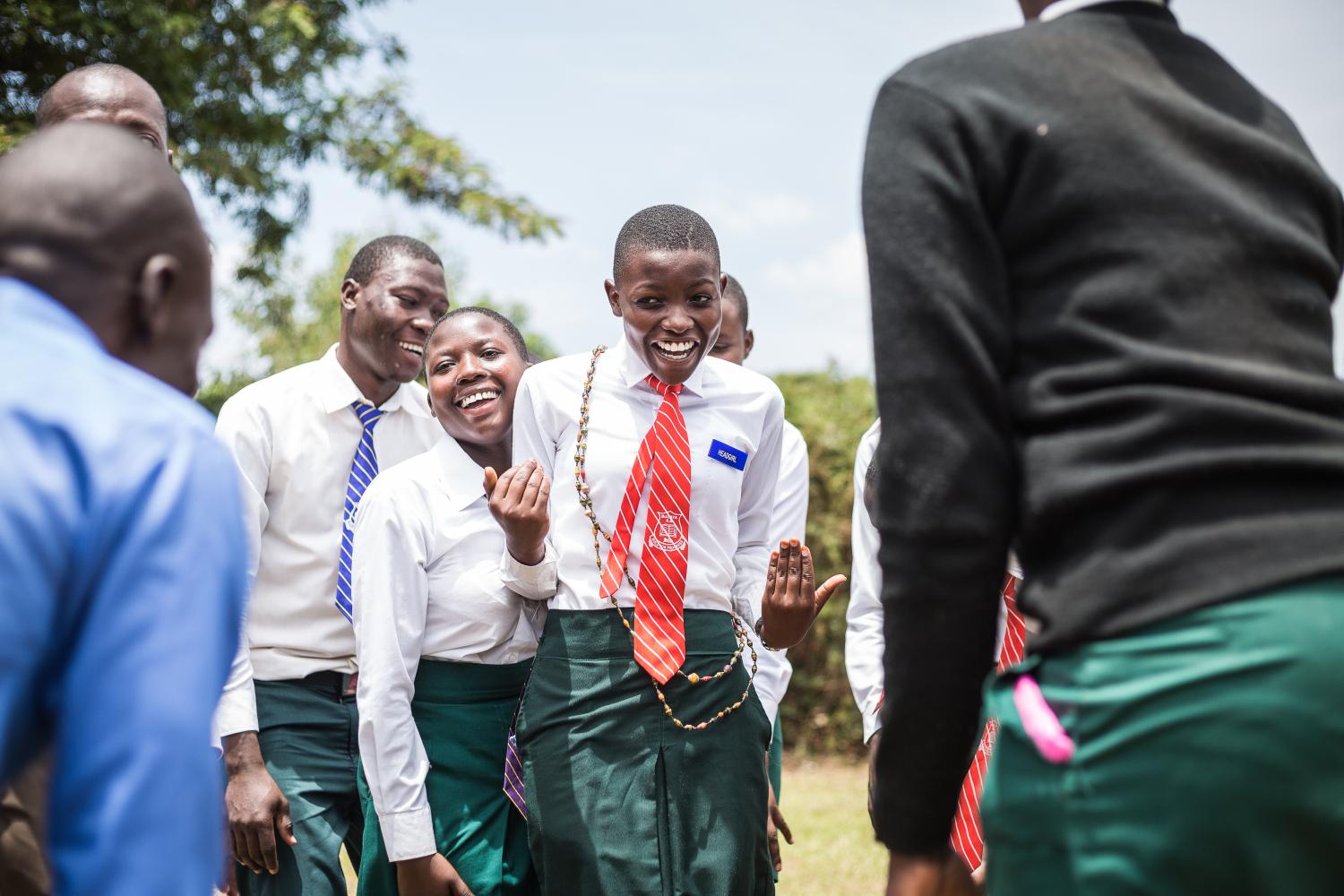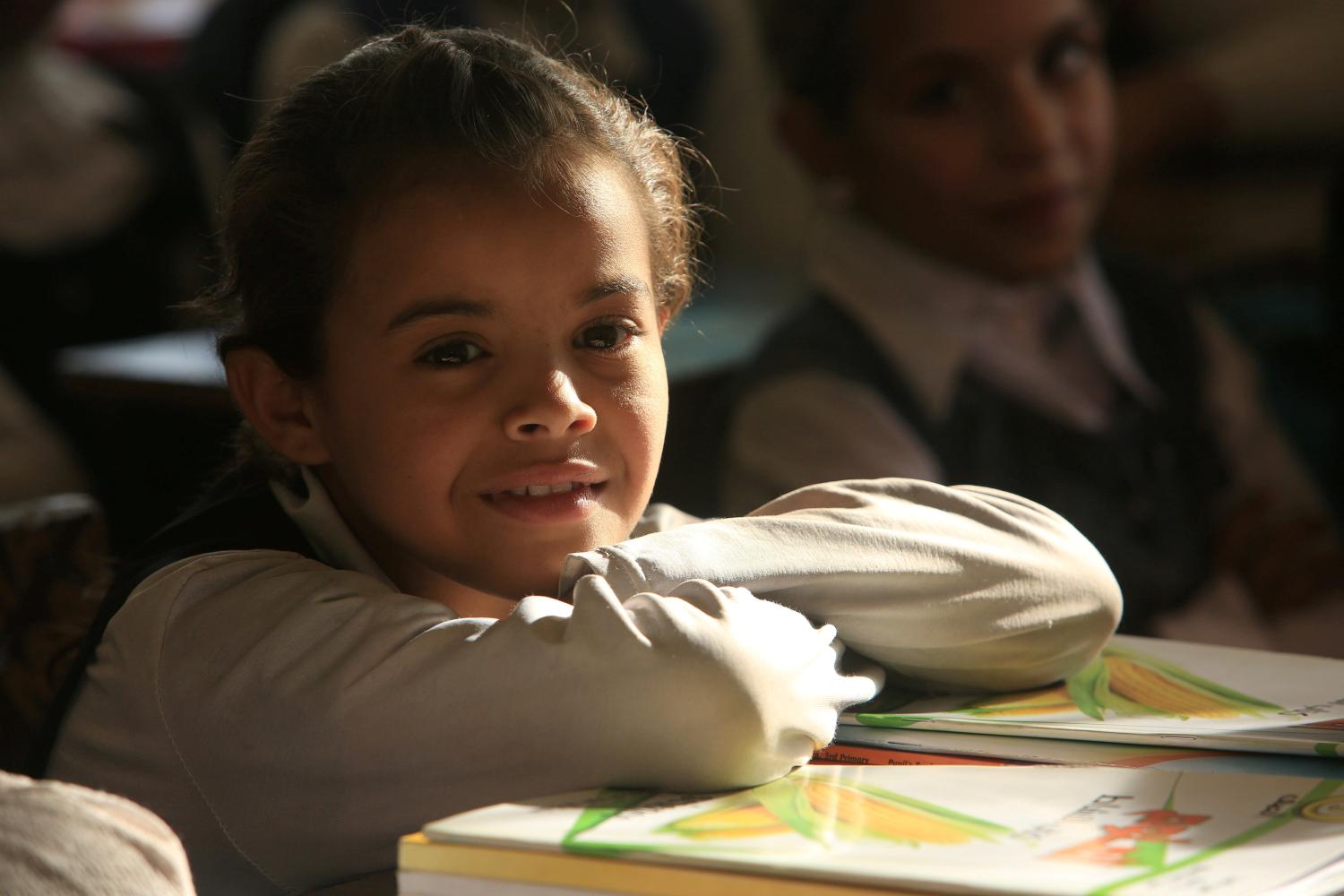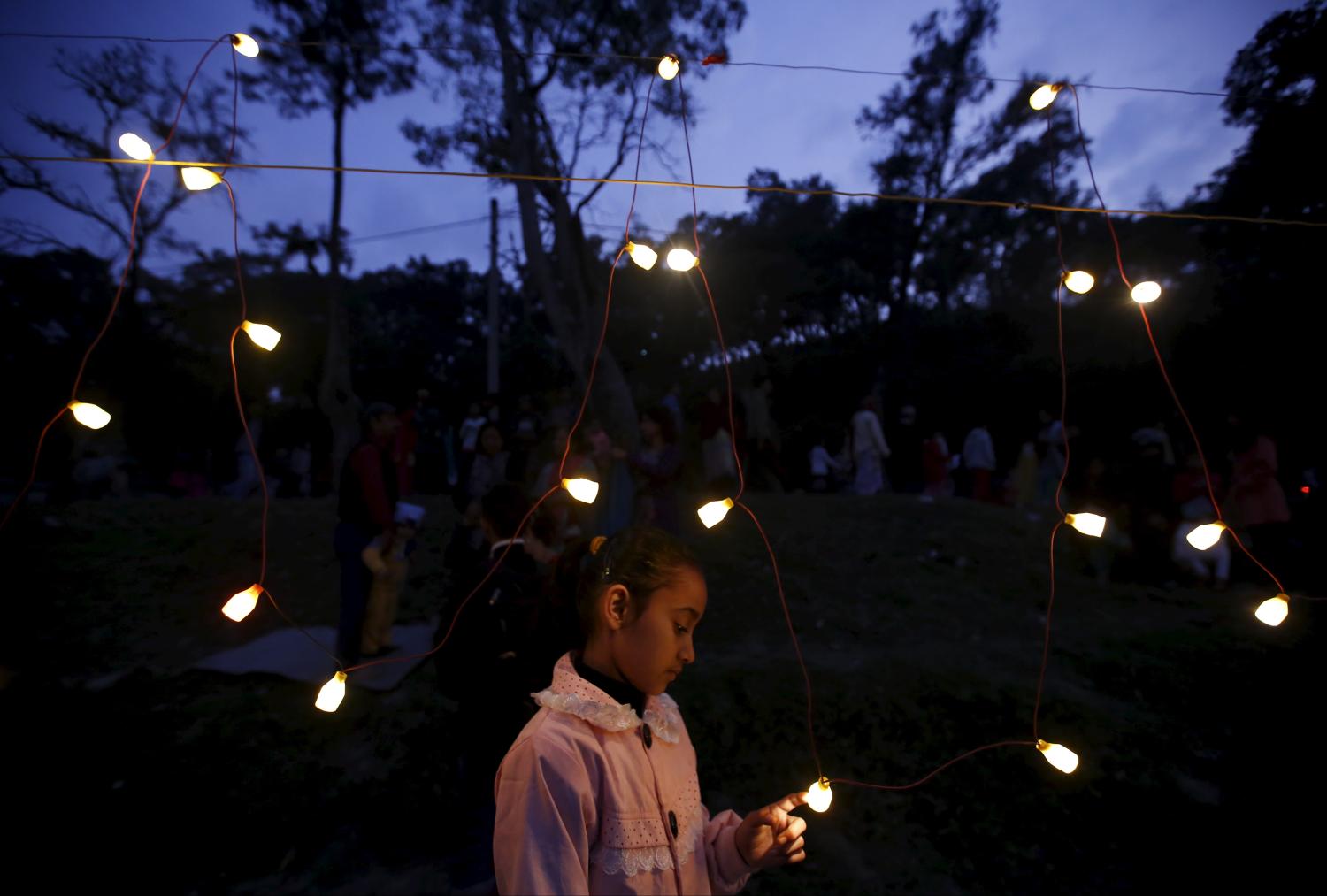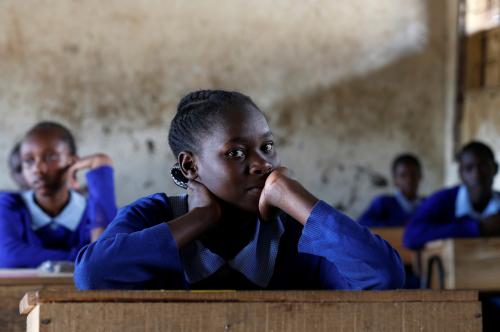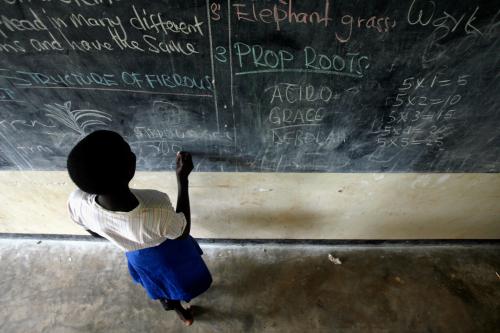Uganda has recognized girls’ quality education as essential to increasing gender equity, equality, girls’ empowerment, and economic development. With one of the youngest populations in the world where half of people are under age 15, it is paramount that women contribute equally to economic development for the country to achieve its goal of middle-income status by 2040.
In this video, Hawah Nabbuye, 2018 Echidna Global Scholar, describes her work on national education policies in Uganda that support the use of gender-sensitive pedagogy and how they translate into practice at the classroom level.
In recent years, the government of Uganda has introduced several policies to empower girls. For example, the education sector emphasizes the importance of girls’ access to quality education, and their retention and equality. In the last three years alone, there has been significant progress in girls’ access and retention. In fact, the primary net enrollment ratio increased from 89 percent for boys and 93 percent for girls, to 93 percent for boys and 99 percent for girls in 2017. Nevertheless, despite these gains, girls in Uganda are missing out on key opportunities to gain skills because they are not being actively engaged in their studies as equally as boys. The government has tried to use gender-sensitive pedagogy—ensuring that all students have equal opportunities to learn and that stereotypical gender roles do not impose limitations on development—as one of the potential solutions, but has not been successful in getting teachers and school administrators to adopt its use in the classroom. This has led to a gap in the policies and their implementation.
According to the Uganda Gender in Education policy, gender-sensitive pedagogy holds the key to ensuring equitable quality education for all learners. This approach can help in several educational dimensions such as reducing gender stereotyping, increasing classroom participation, and developing skills to help girls attain employment post-graduation. However, the girls do not fully achieve these outcomes, which limits their experience of an empowering education.
As the government is increasing its focus on quality education outcomes for girls, it has tried to include gender-sensitive pedagogy in policies like the Gender in Education Policy, the National Strategy for Girls’ Education, and Gender Mainstreaming 2015-2019. These policies share strategies such as promoting quality, relevant education, and sports for both boys and girls, and providing gender-sensitive curriculum and materials to deconstruct girls’ gender stereotypes in school. Although this is a significant and positive step in the right direction, gender-sensitive pedagogy has not yet been fully defined in relevant policy frameworks. While a gender-sensitive pedagogy has been included in the early childhood and primary curriculum, secondary curriculum and in-service trainings do not have adequate guidelines and strategies on adapting the pedagogies in a classroom context.
If we are to achieve the benefits of a gender-sensitive pedagogy, policies must be more than just words on paper. This research looks at how policies that reference gender-sensitive pedagogy are translating into the classroom. The findings are based on a survey conducted with 70 secondary teachers and 109 students in central and eastern Uganda.
The Brookings Institution is committed to quality, independence, and impact.
We are supported by a diverse array of funders. In line with our values and policies, each Brookings publication represents the sole views of its author(s).

